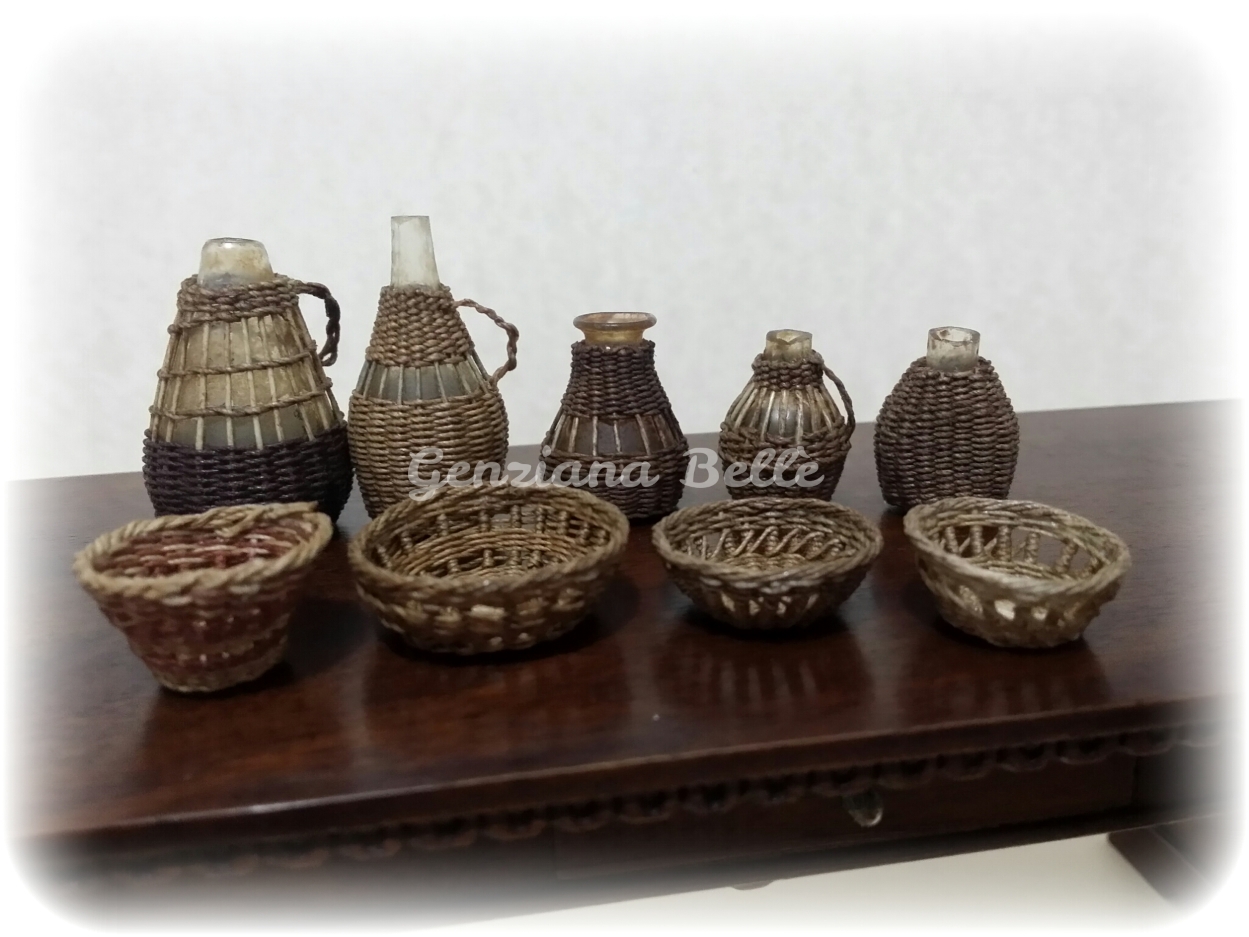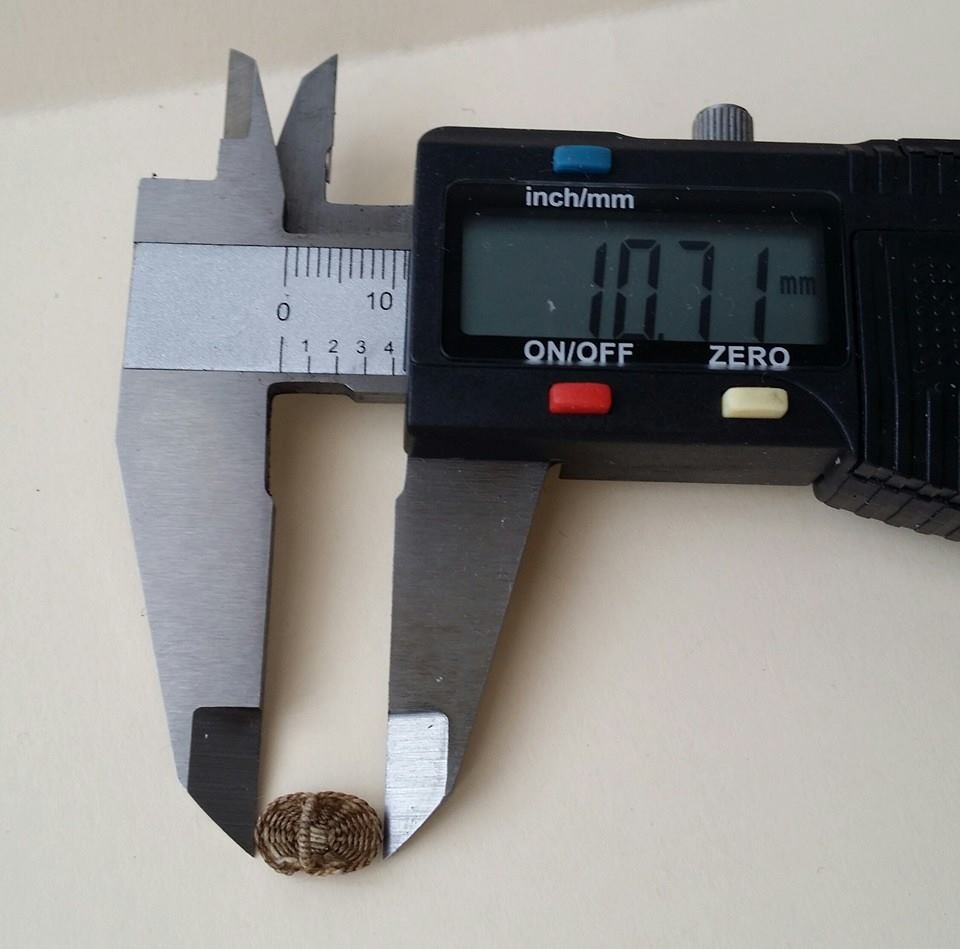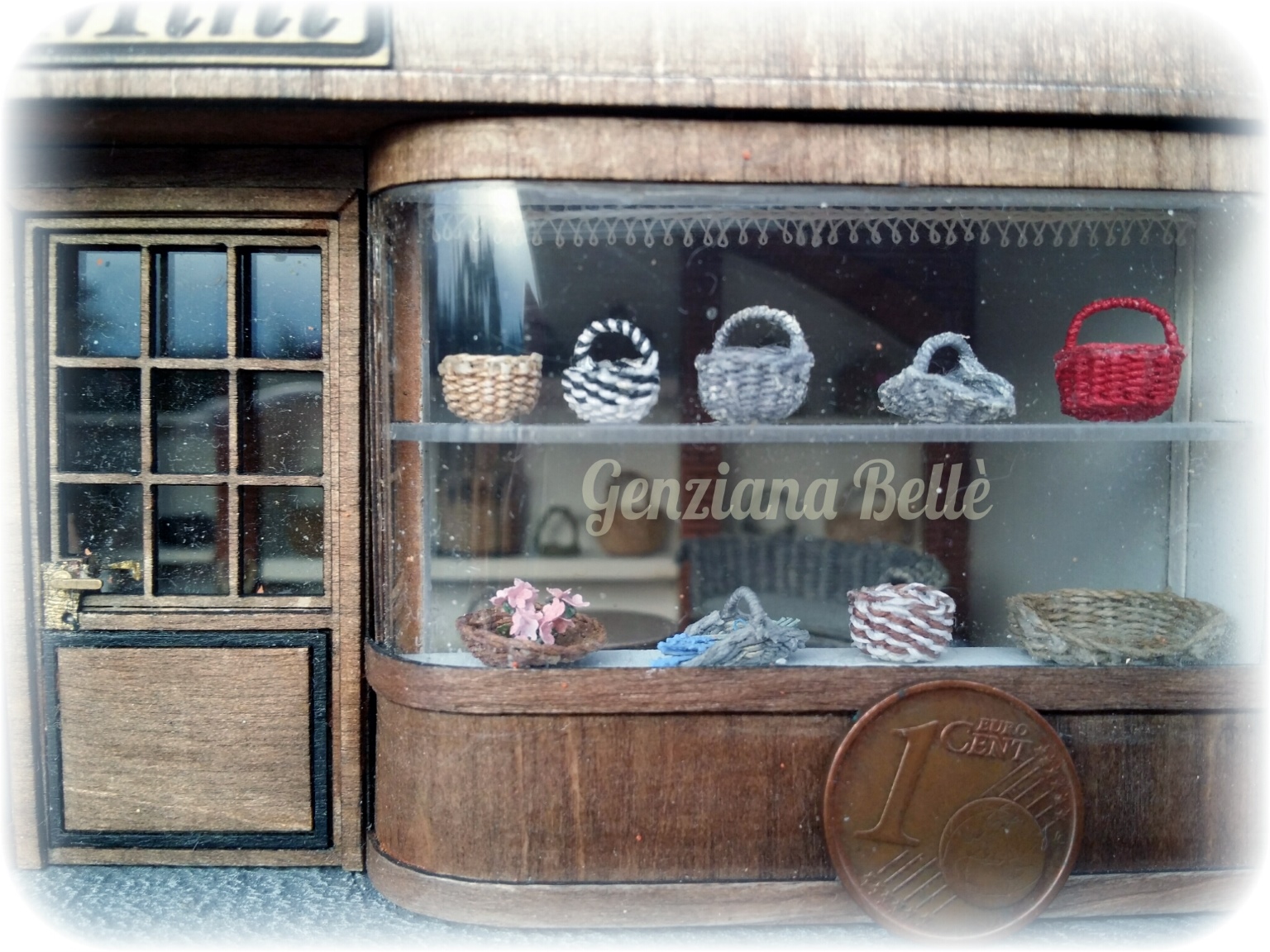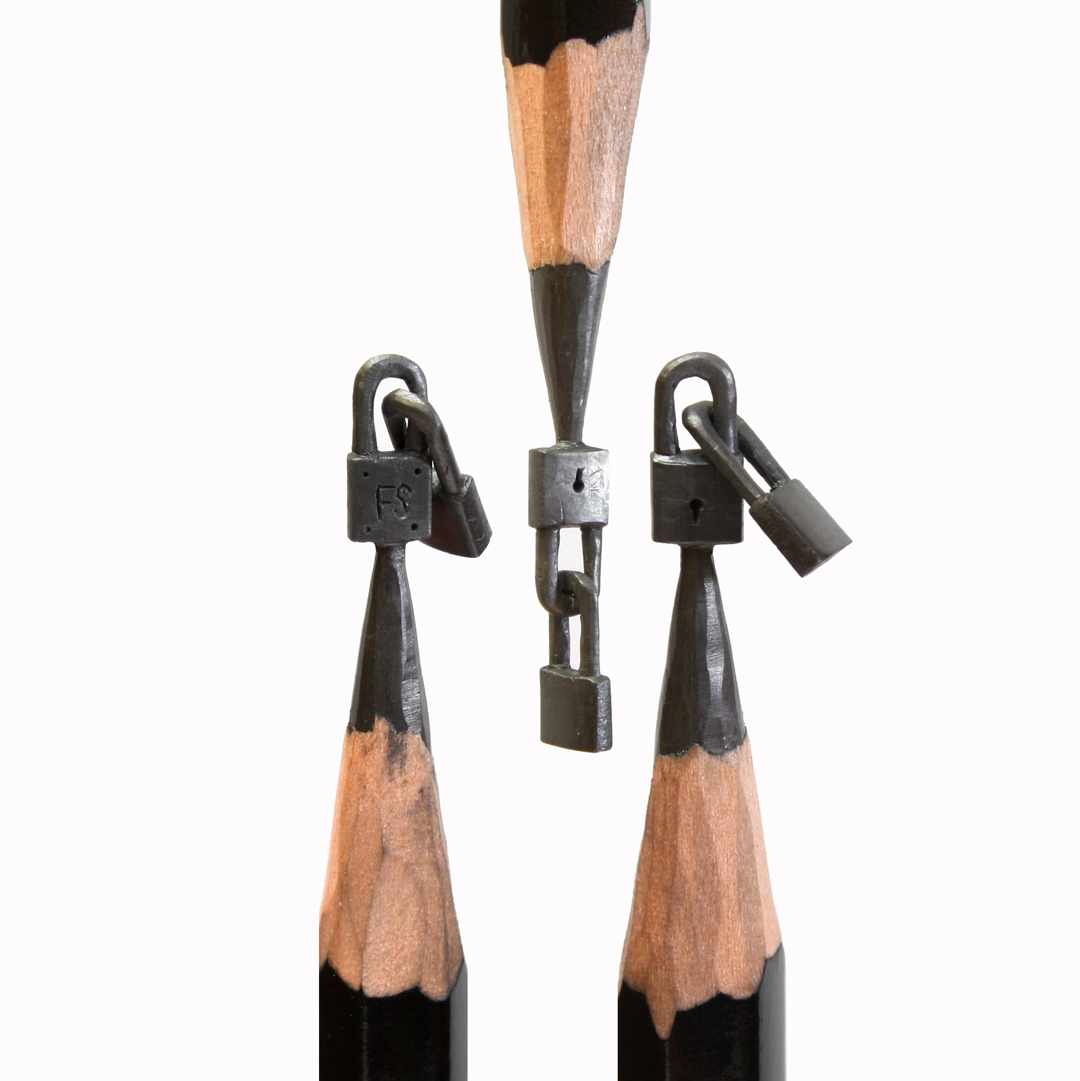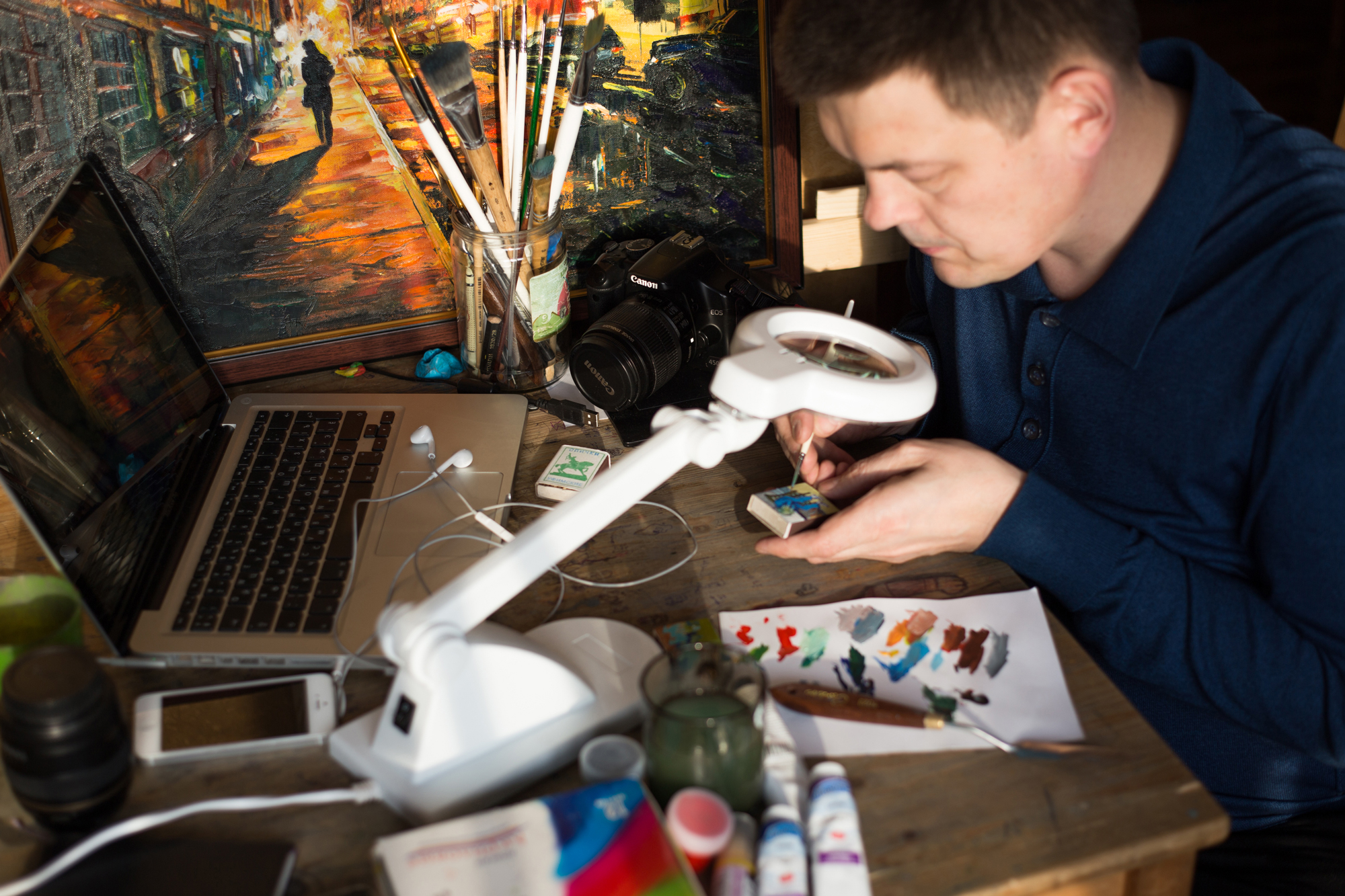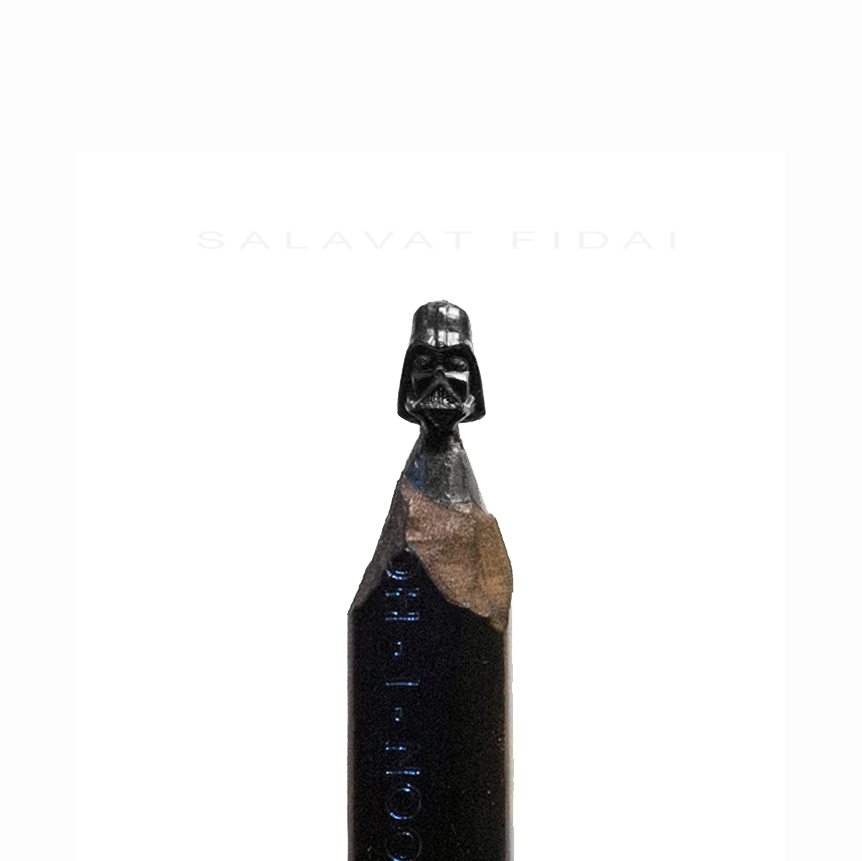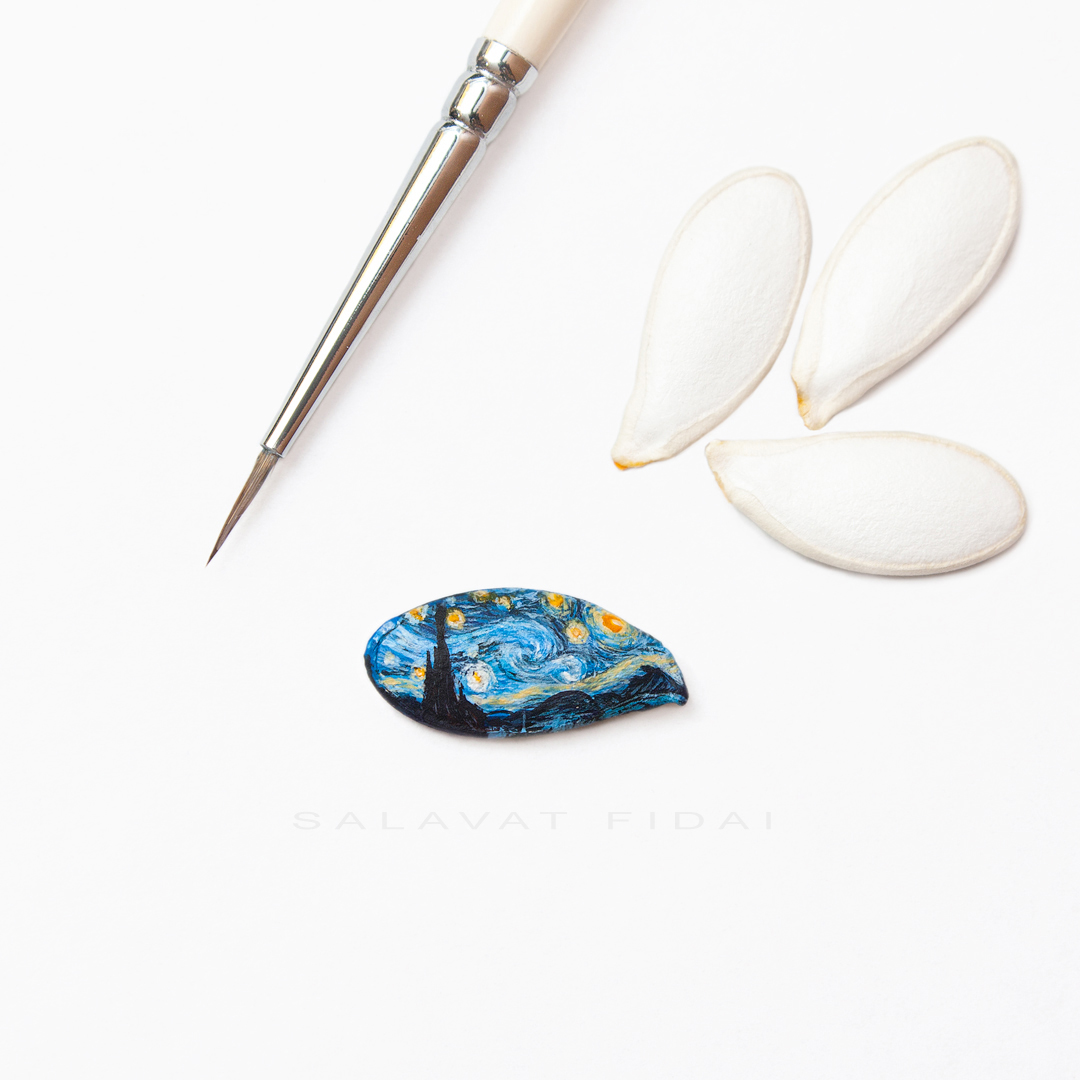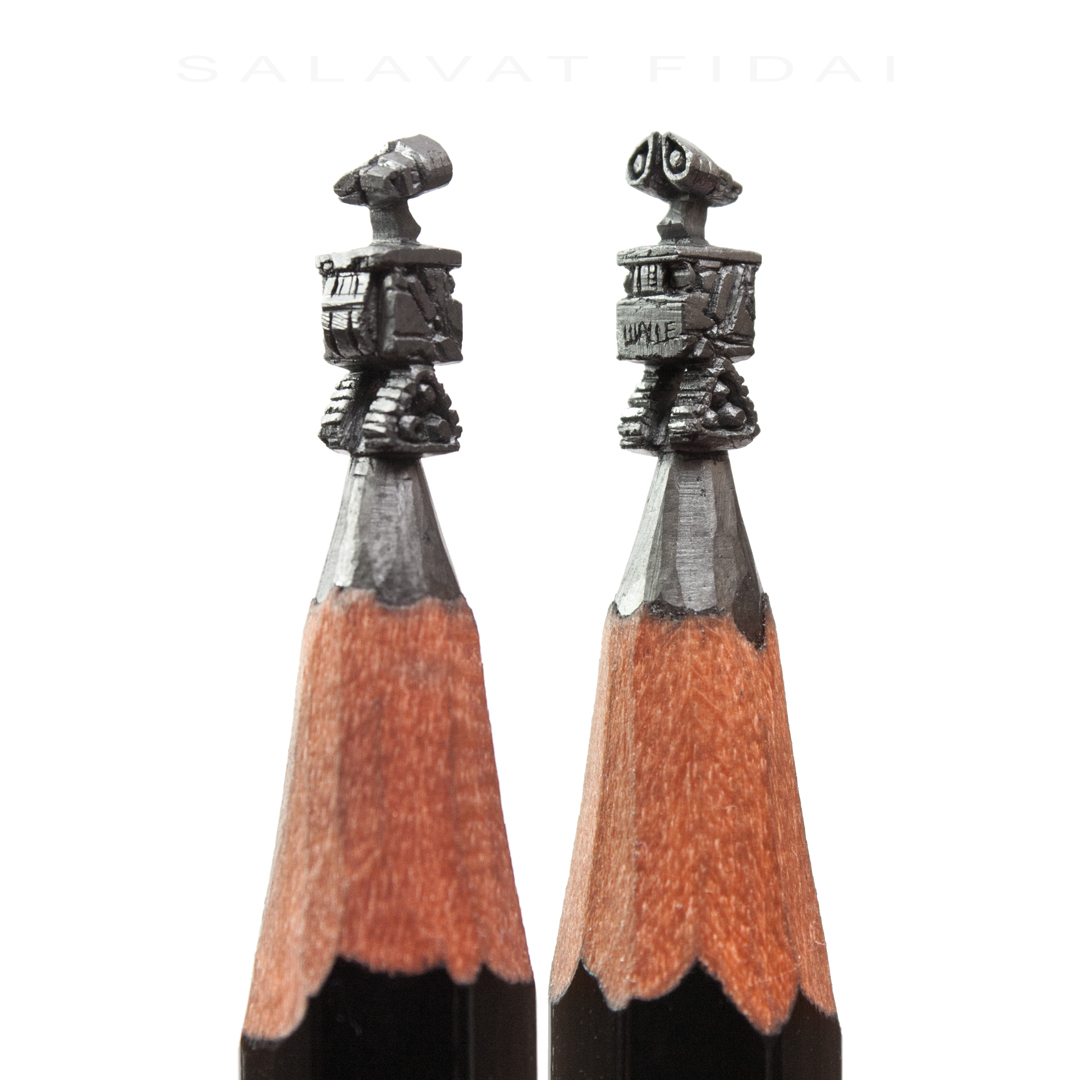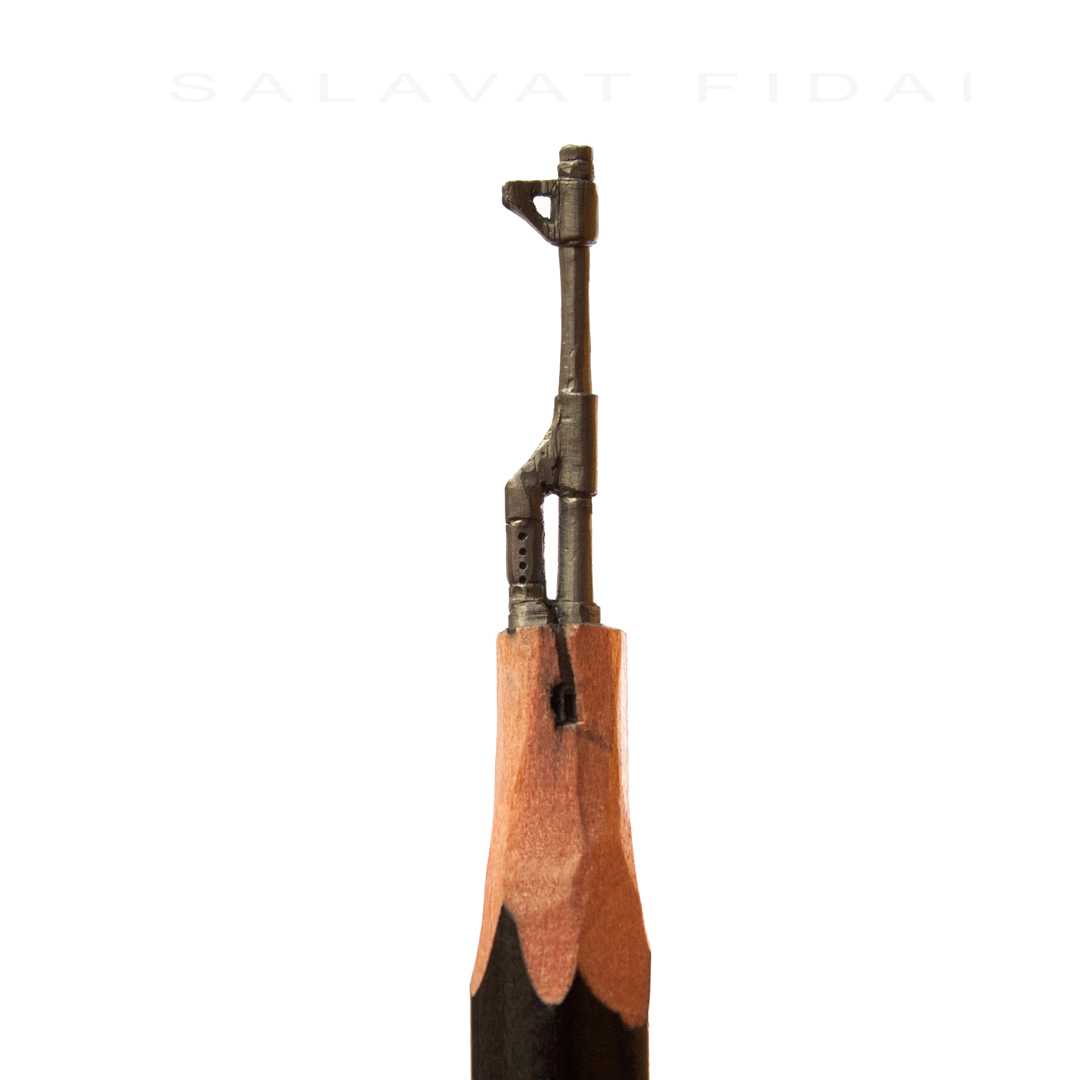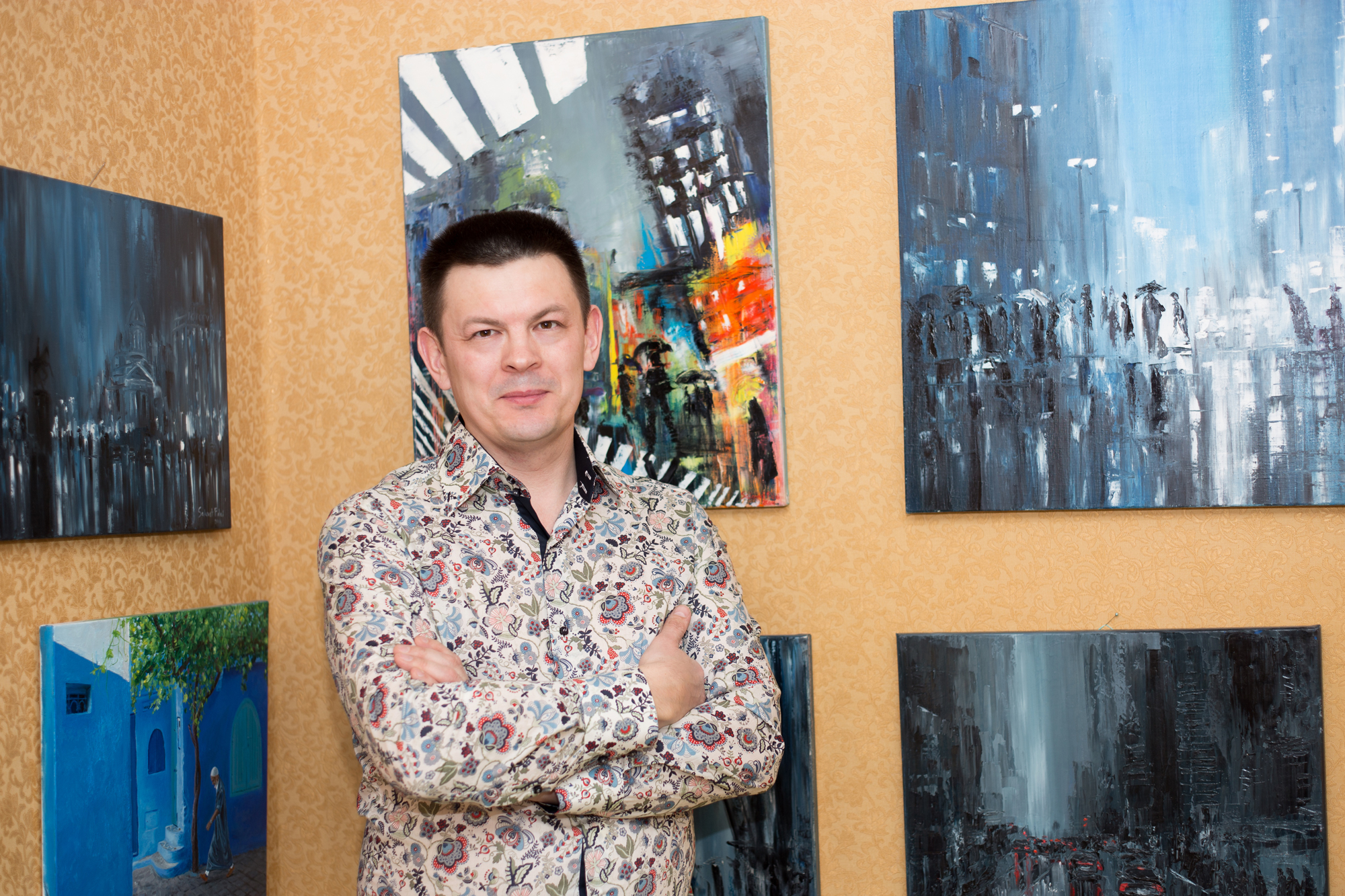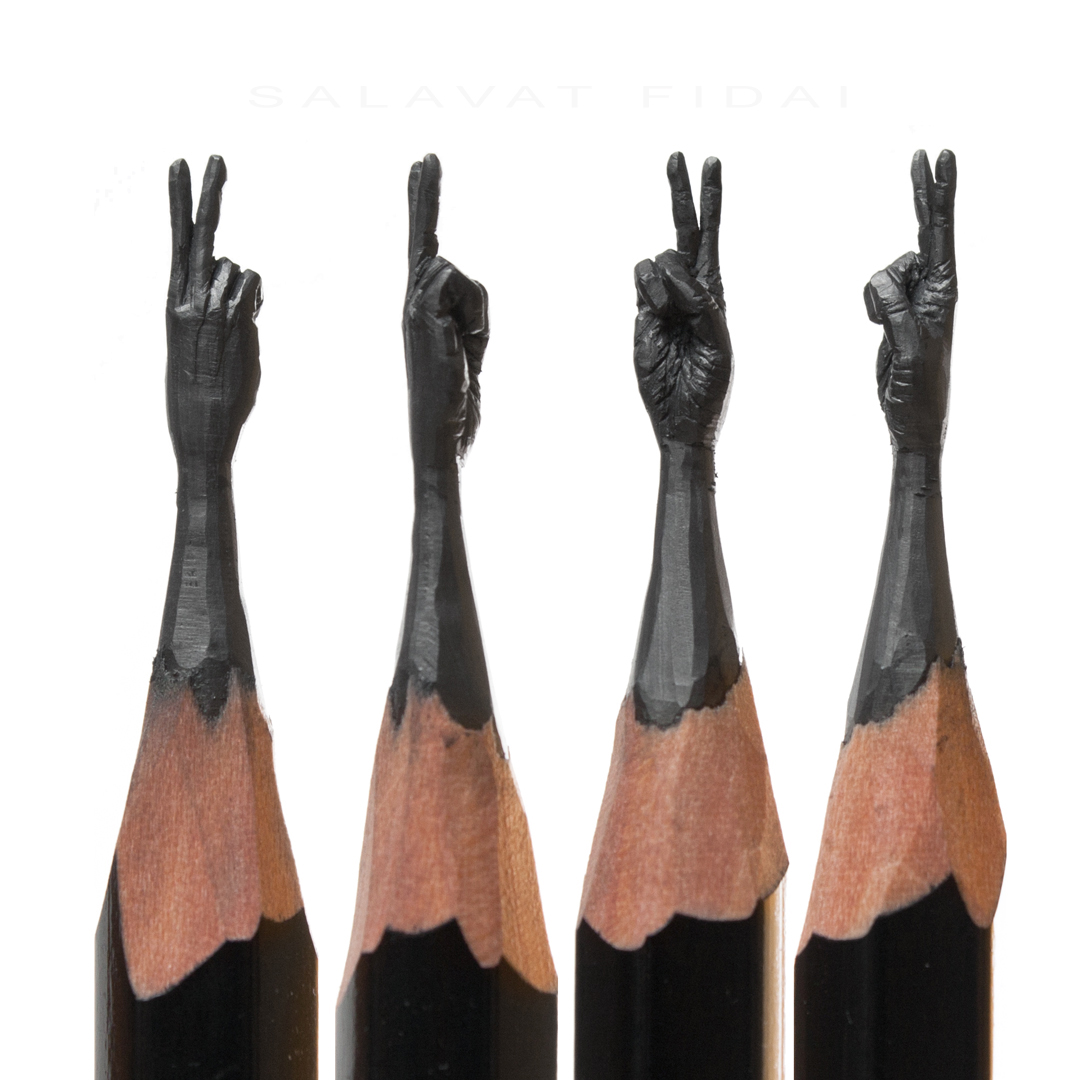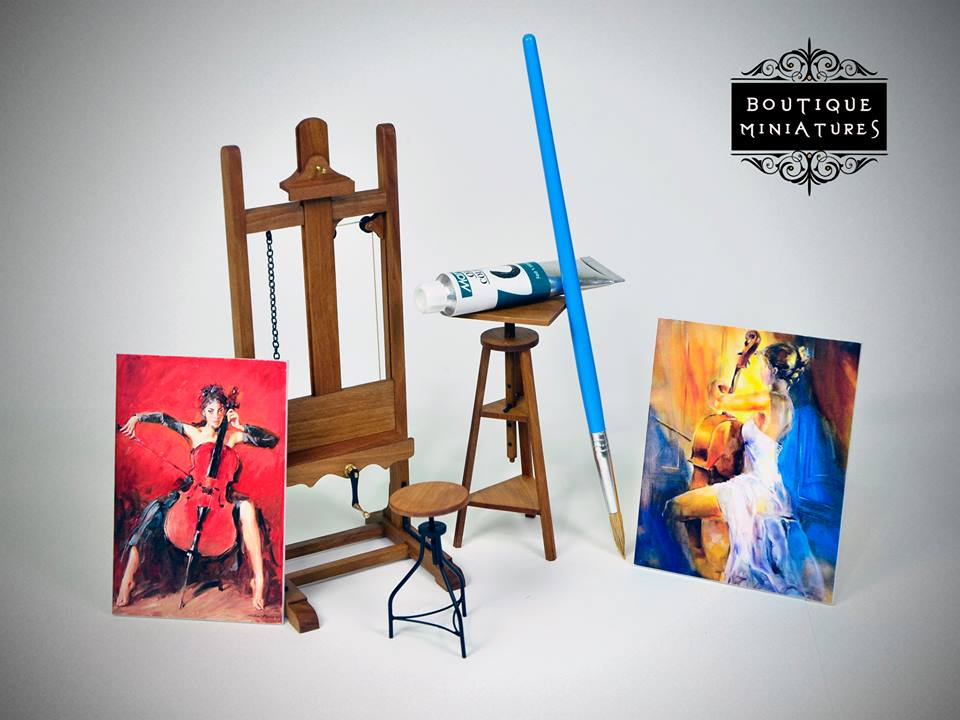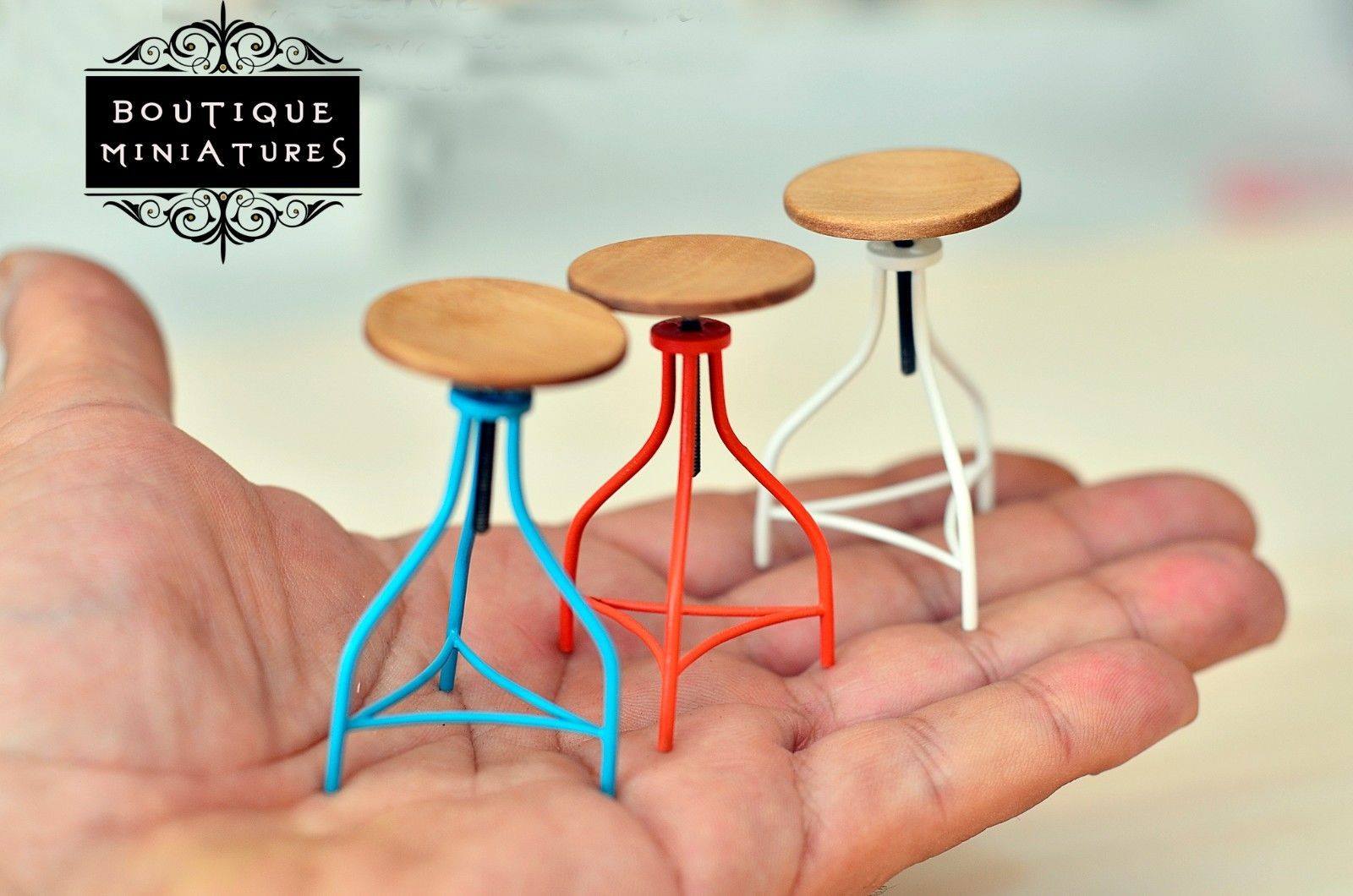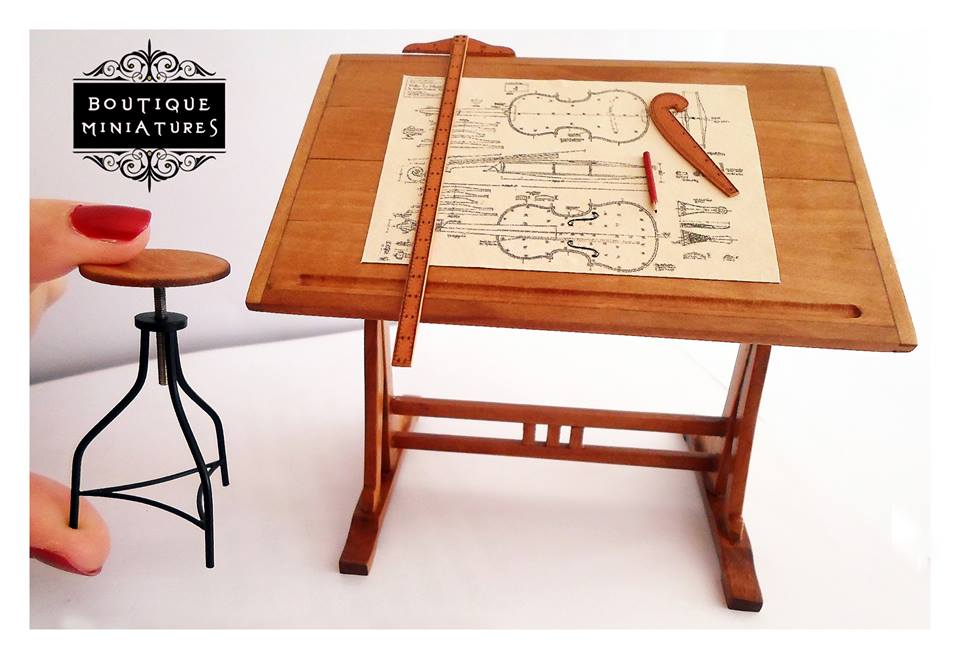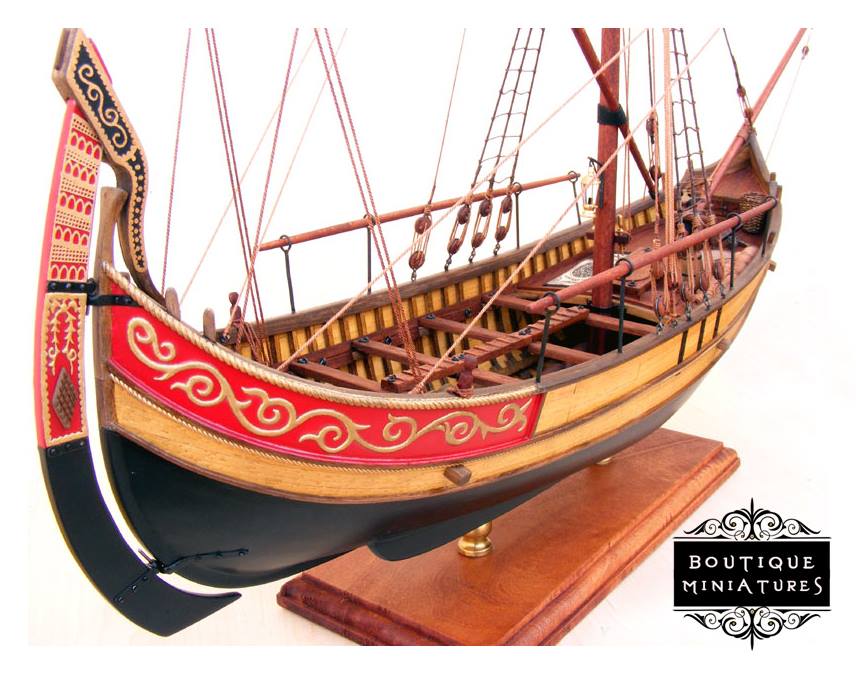Miniatures by Kerri Pajutee
| Website | Pinterest | DeviantArt | Facebook |
How did you first get started in miniatures?
Some of my earliest recollections are of drawing horses and dogs. Looking back, they always had big smiles on their faces. Pencil, crayons, watercolor, oil pastels – you name it, I have tried it at one time or another. 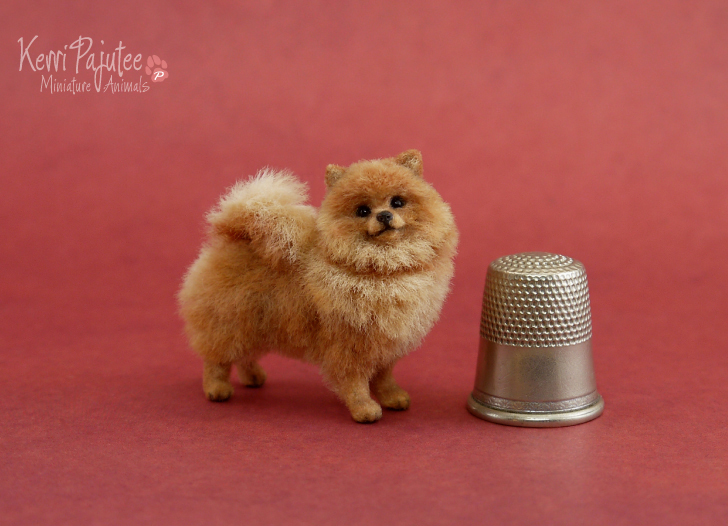 At age 15, on a whim, I purchased a 5 pound bag of stoneware clay to take a stab at sculpting. At that time, I had no idea that a bag of mud would result in a lifelong love affair. I am what you would call self-taught: I learned through trial and error.
At age 15, on a whim, I purchased a 5 pound bag of stoneware clay to take a stab at sculpting. At that time, I had no idea that a bag of mud would result in a lifelong love affair. I am what you would call self-taught: I learned through trial and error.
Most of my early sculptures ranged in size, and consisted of one-of-a-kind, hand-built, kiln-fired stoneware and porcelain originals which I sold at small galleries, art fairs, and by special commission. It wasn’t until 1987 that I was invited by a friend to attend a weekend Dollhouse Miniature show in Portland, Oregon. I had never been to a miniatures show before, so had no idea what to expect. This show was my first introduction to 1:12 scale, and I was immediately impressed by the delicate work on display by a number of the artists showcasing their tiny furniture, paintings, lighting, and dolls. One particular artist was Frank Balestrieri, who hand-carved and painted the most amazing birds and exquisite waterfowl decoys in miniature. There was just something about his work that sparked my own desire to try sculpting in this challenging, new-to-me scale. After the show, I set out to find some polymer clay and give it a try. The transition from mud clay to polymer clay did not come easily to me, and many of those first pieces ended up in the trash. Determined to make this medium work, I kept at it and over time became comfortable with its characteristics. Then a few years later, in an effort to make my little polymer clay animals look more realistic, I began experimenting with applying a furry coat to the sculpt using alpaca yarn and craft glue.
How long have you been creating minis?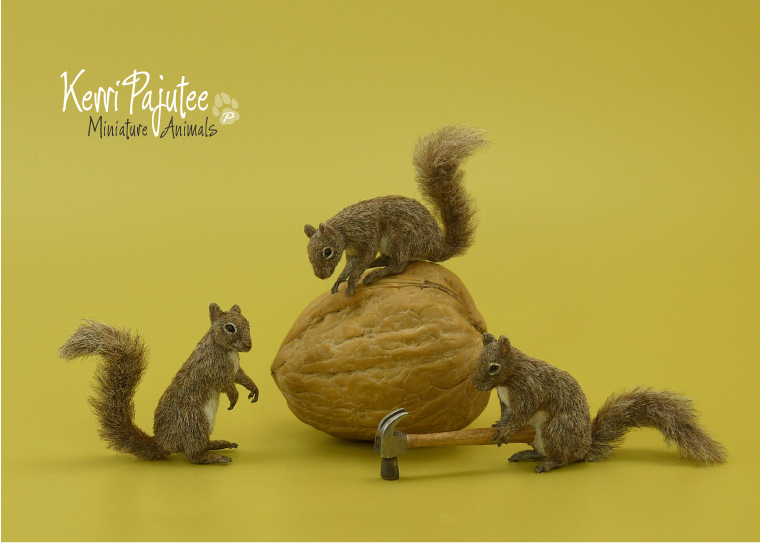
I have been sculpting miniature scale animals in polymer clay since 1987, but do not consider myself a master sculptor. With every new project, I challenge myself to improve. Occasionally, I will step out of my comfort zone and experiment with making miniature props (i.e. flowers or furnishings) for use when setting up vignettes for photographs.
I have been a member of the International Guild of Miniature Artisans (IGMA) for over 15 years, and was awarded Artisan status in animal figures in 2001, and Fellow status in 2004.
What materials do you use to make your miniatures? Describe your process.
The majority of my miniature animals (dogs, cats, birds and small wildlife) are freehand sculptures of firm polymer clay with an embedded core of fine gauge wire support in the neck, legs and tail. Larger pieces may require a sturdier armature build out of aluminum foil and masking tape. Each sculpture is built in stages, depending on its overall size and complexity, and is baked several times during the building process before a final cure. 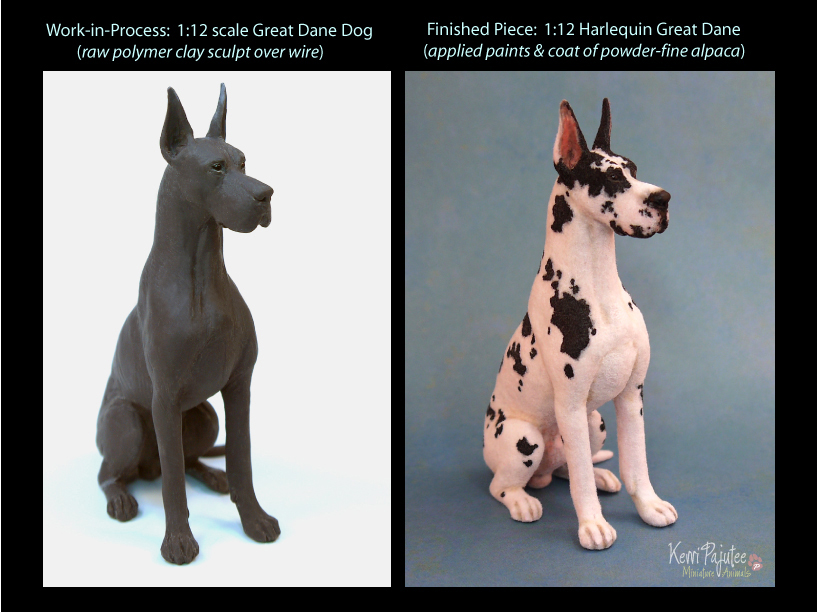 The eyes of my sculpts vary and can be glass, polished rounds, paint-enhanced polyclay or UV resin, which are inset into the raw clay prior to oven curing. Once the basic form has cured and cooled, I delicately carve additional details into the hardened clay, smooth the surface using sandpaper, and finish off with a bath of mild soap and water.
The eyes of my sculpts vary and can be glass, polished rounds, paint-enhanced polyclay or UV resin, which are inset into the raw clay prior to oven curing. Once the basic form has cured and cooled, I delicately carve additional details into the hardened clay, smooth the surface using sandpaper, and finish off with a bath of mild soap and water.
The sculpture is painted with acrylics or Genesis heat set oil colors, and a permanent fiber coat is methodically applied (slightly overlapping layer by layer) using tweezers and glue. I do not use real fur, but prefer working with natural fibers of alpaca, wool, mohair, cashmere, cotton or silk depending on breed type. Sometimes it is necessary to blend several fiber colors by hand to achieve a desired shade or dye it using Jacquard Acid Dyes or professional fabric inks. In addition, I prefer to make my own ‘flock’ (fiber that has been cut to a powder-fine consistency) using very sharp serrated scissors (the finer the flock the better it looks on the miniature).
If I am making birds, I will cut or trim down natural or dyed parrot, turkey or chicken feathers. As a finishing touch, I will scissor-sculpt the coat and remove any loose hairs using masking tape. This can be a time consuming process when the piece has multiple or bi-color coats, as picking and cleaning all the teeny darker hairs out of the white or vice-versa is maddening at best. Lastly, I will seal the surface with a light mist of hairspray to set the fiber.
Advice for beginner miniaturists?
Back when I started to make miniature ‘furred’ animal sculpts, there was no Internet, no social media, no classes and no “How To” books available to use as reference. This forced me to experiment on my own, by trial and error, and come up with my own methods. 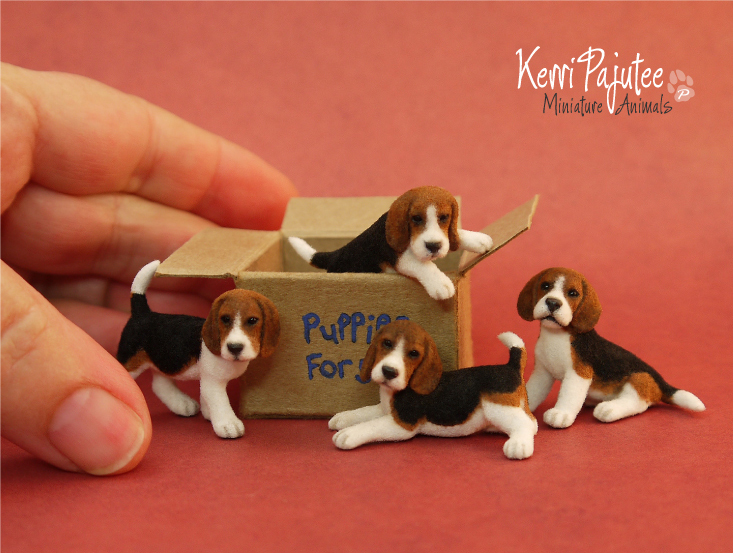 Today, there are hundreds of online resources, tutorials, and classes that share information on how to ‘craft’ miniatures. It has been said that ‘craftmanship’ is the mastery of tools and knowledge of materials, and that ‘art’ is the interpretation of that mastery into a creative and expressive piece of work. I don’t know of any shortcuts or hocus pocus to pass along that could transform a newbie into a ‘master miniaturist’ overnight. I would, however, caution against copying a successful artist’s signature style, description language, photography setups, and more. In doing so, you will never achieve the same level of success of the artist you are copying. Develop your own style. What comes from the heart, reaches the heart.
Today, there are hundreds of online resources, tutorials, and classes that share information on how to ‘craft’ miniatures. It has been said that ‘craftmanship’ is the mastery of tools and knowledge of materials, and that ‘art’ is the interpretation of that mastery into a creative and expressive piece of work. I don’t know of any shortcuts or hocus pocus to pass along that could transform a newbie into a ‘master miniaturist’ overnight. I would, however, caution against copying a successful artist’s signature style, description language, photography setups, and more. In doing so, you will never achieve the same level of success of the artist you are copying. Develop your own style. What comes from the heart, reaches the heart.
Tool you can’t live without?
A magnification lamp (a necessity to see detail clearly). After that, it would have to be my trusty Xacto knife #11 blade; Rio Rondo Carbide scrapers; micro spatula tools created by Alexander Mergold of AMCreatures; Wargamer ‘Psycho’ paintbrush; Dr. Slick serrated hair scissors; and tweezers.
What is your most treasured miniature?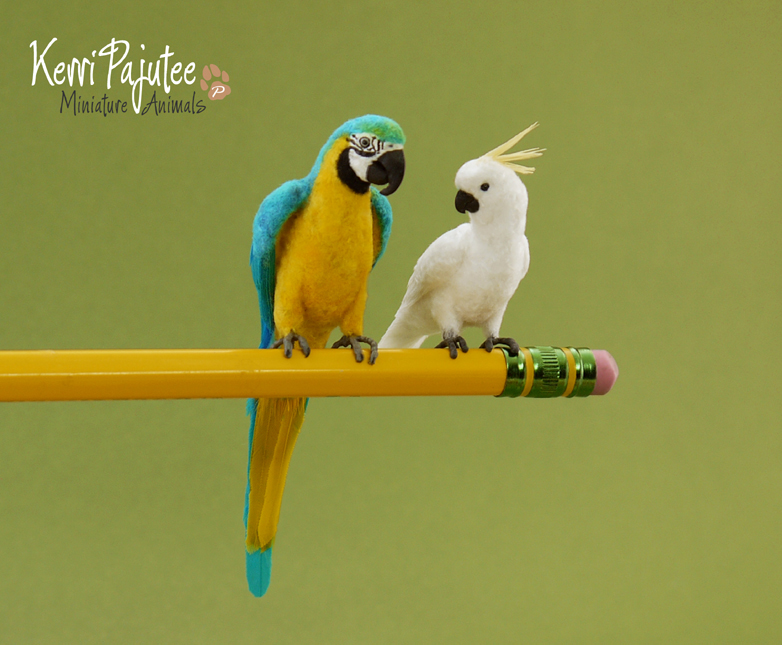
A peace rosebush by IGMA Fellow Carol Wagner.
IGMA artists you look to for inspiration?
I am inspired by the pursuit of excellence fueled by a devotion to create diminutive objects. That pretty much describes most of the miniaturists who have submitted their work to the International Guild of Miniature Artisans to be judged by their peers and awarded the title of ‘artisan’ or ‘fellow’ within the guild.
What other artists inspire you?
A few of my personal ‘non-miniaturist’ favorites include sculptors Theodore Karner, Charles Valton, and Edwin Bogucki. As for painters: feline artist Lesley Anne Ivory and Leanin’ Tree greeting card artist Hildren Goodwine.
What is the most memorable miniature you have ever seen?
I find I am continually amazed by miniature works of art. To only name a few here seems unfair but, I would have to say, for me personally: hand-painted porcelain by Miyuki Nagashima, and, just about anything made by William “Bill” Robertson. Both are mind-boggling miniature master artists.
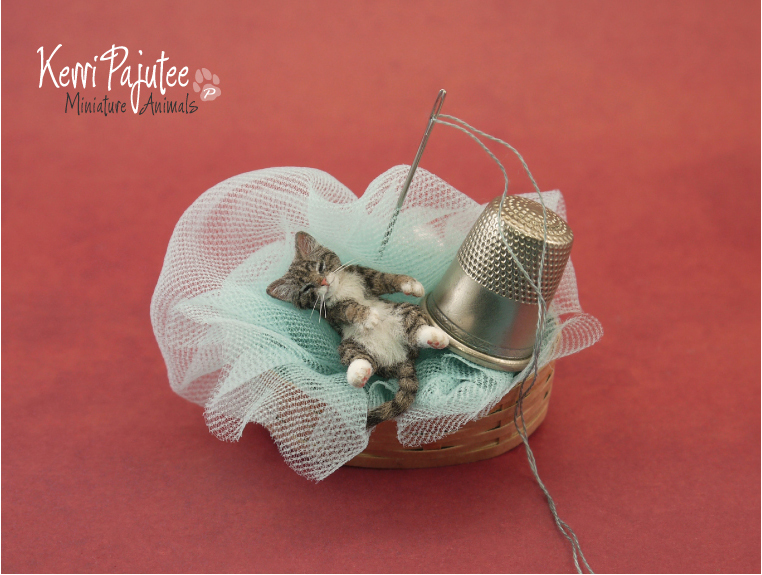 Why miniatures?
Why miniatures?
I’ve discovered one of the many charms of making and collecting dollhouse miniatures is the ability to encapsulate (within a small space) a collection of delightful objects. I am a storyteller at heart, and many of my animal sculpts are expressly designed to reflect a personal encounter or endearing memory. I also enjoy setting up scenes and photographing them. It’s my time to ‘play’ with my miniatures before they go off to new homes. If my work happens to bring a smile to your face when you look at it, in person or in photos – I am twice blessed.
Other activities you enjoy?
I enjoy thrifting, collecting books, digging for old bottles, and playing golf with my husband and son.
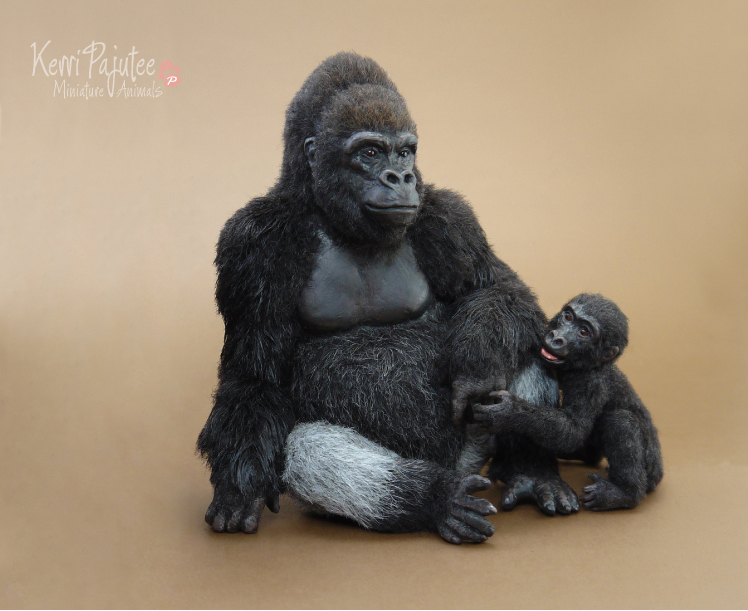 What do you want miniature fans to know about you?
What do you want miniature fans to know about you?
For me, ‘balance’ means I only sculpt part-time. This arrangement does not always set well with some individuals who want special request commissions, as it limits the number of pieces I am able to make per year. In order to keep my work fresh and rewarding, I do not spend my time producing assembly-line or duplicate sculpts. I prefer to have the freedom to create what I am ‘inspired to compose’ vs. ‘have to produce.’
IGMA Fellow Kerri Pajutee currently lives in Oregon. For more of her breathtaking miniature works of art, please visit her website, or follow along on Pinterest, Facebook, and DeviantArt.
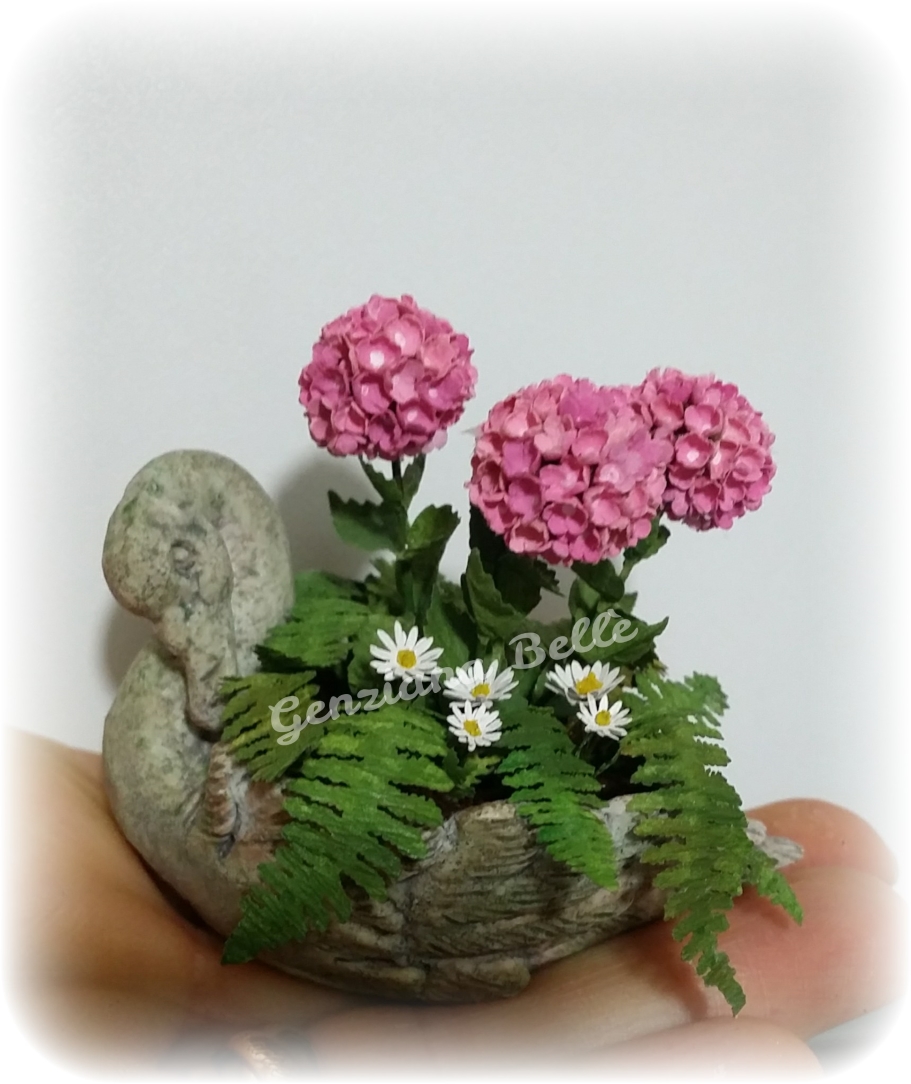 I discovered miniatures in the late eighties when I was traveling in the States. Miniatures were fairly unknown in Italy at that time. When I came back home, I tried to make something on my own.
I discovered miniatures in the late eighties when I was traveling in the States. Miniatures were fairly unknown in Italy at that time. When I came back home, I tried to make something on my own.
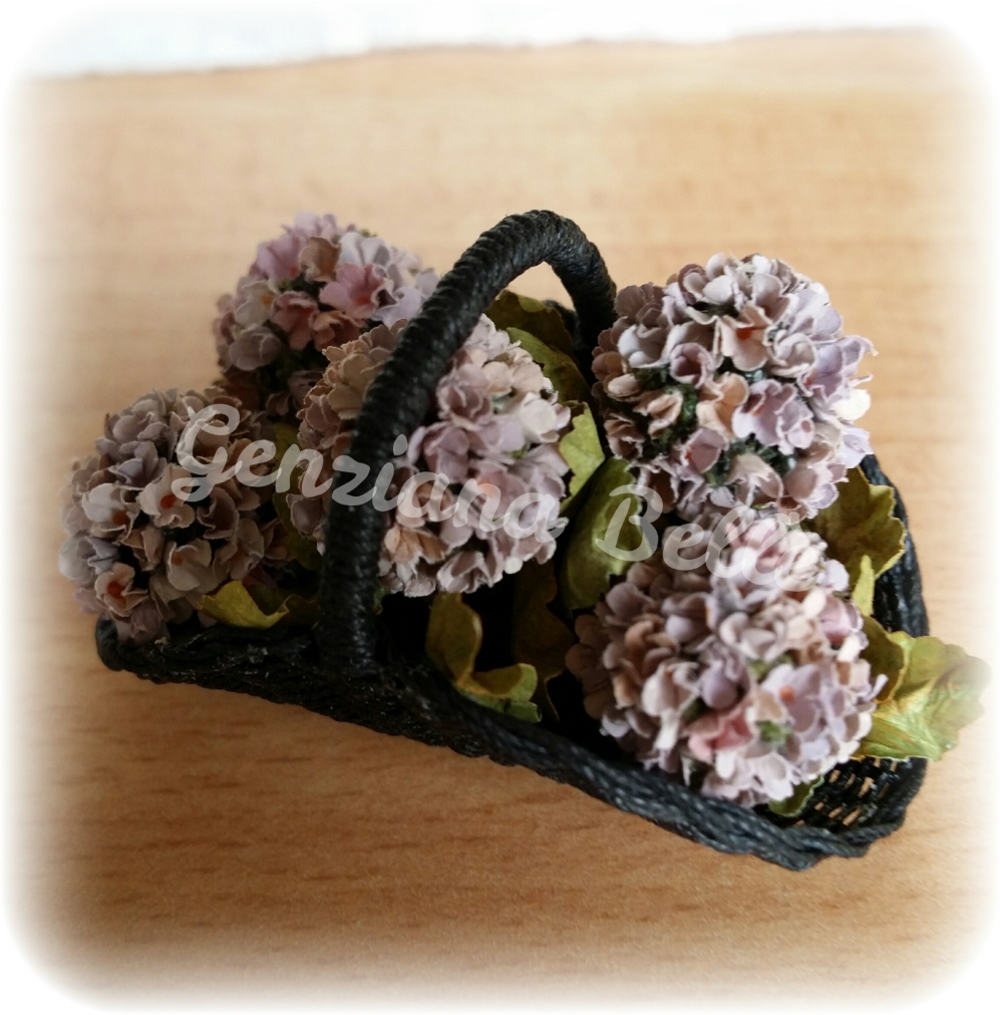 What is the most memorable miniature you have seen by another artist?
What is the most memorable miniature you have seen by another artist?